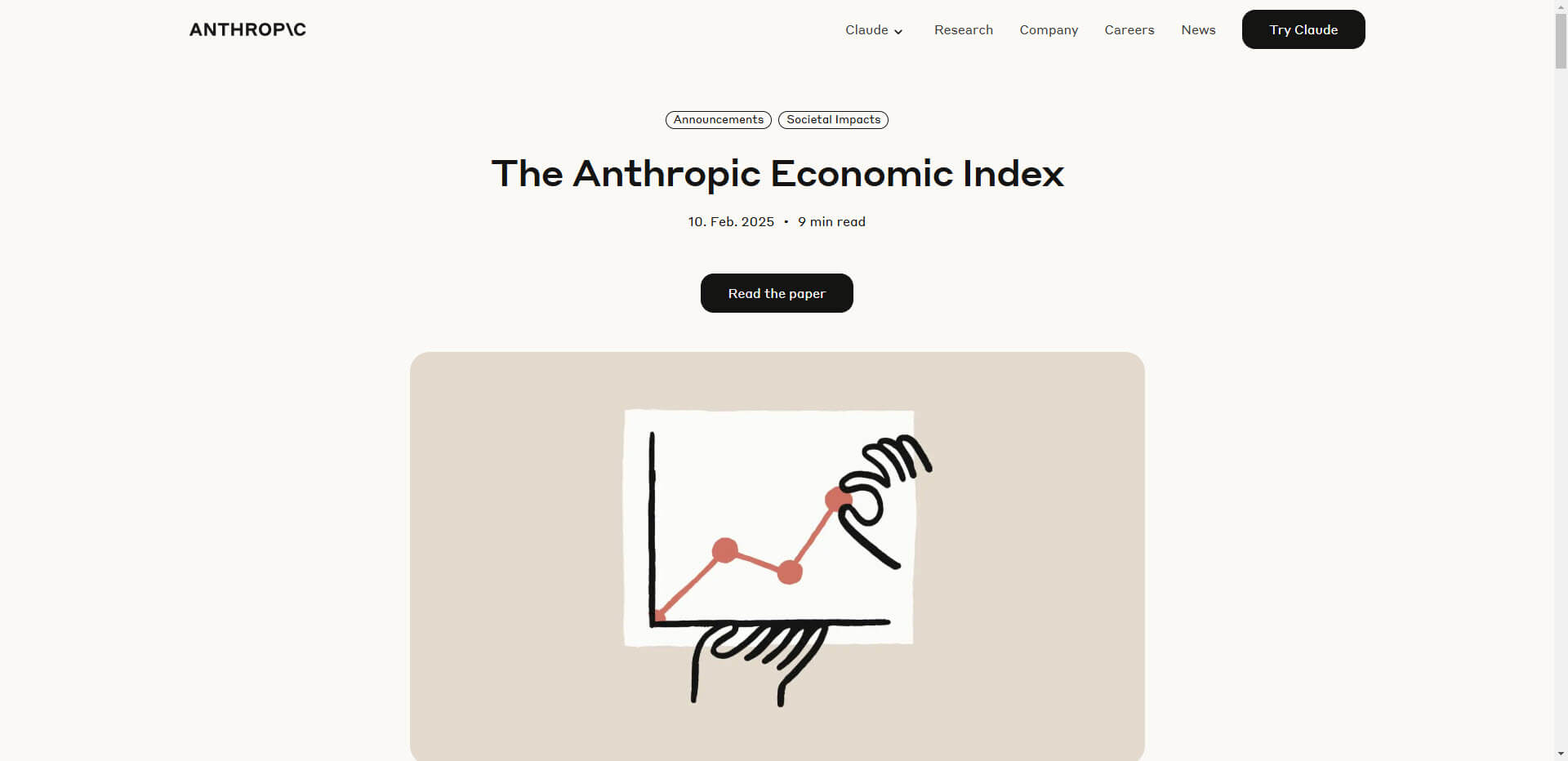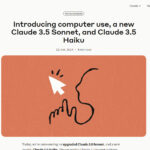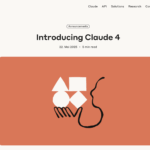The new Anthropic Economic Index brings fresh perspectives to the debate on the impact of artificial intelligence on labor markets – and the implications are far-reaching. AI is not replacing professions, but changing them – at least for the time being.
Targeted analysis with data protection
The Anthropic Economic Index, developed by the AI security company Anthropic, provides a unique basis for documenting ongoing changes in the labor markets. The methodology is based on the analysis of millions of anonymized interactions with Claude, Anthropic’s AI model. Clio, a system that ensures data privacy, has matched data with the O*NET database, which categorizes job-specific tasks. This data-driven analysis provides nuanced insights into the nature and depth of AI usage across different occupations.
The results emphasize that AI is primarily used in middle- and high-income occupations, including software development and technical writing. Software engineers are particularly likely to use current AI models to speed up processes such as coding and the development of project ideas. The results suggest that AI does not play the role of a replacement, but rather acts as a tool to increase efficiency.

Automation vs. augmentation: the debate is shifting
With 57% of all reported applications using AI to support humans rather than replace them, the focus is currently on augmentation, not automation. In other words, rather than replacing people, AI usage is currently based on augmenting skills, developing ideas or creating content more efficiently. Only a small proportion of the professions analyzed automate over 75% of their tasks – remarkable at a time when automation fears are widespread.
These results reflect the wider debate in the AI sector: which jobs could change or disappear in the long term as a result of AI is influenced by differentiated technology dependencies. It is particularly exciting to look at those sectors that currently have low AI usage: highly specialized areas such as medical diagnosis or empathy-intensive professions such as psychotherapy could undergo unexpected developments in the coming years.

An open data approach to futures research
One aspect that underlines the importance of the index is Anthropic’s transparency. The open data initiative, which involves researchers, economists and policy makers, could contribute significantly to shaping future AI policies. The dynamics of the evolution of AI systems – and their impact on labor markets – remain uncertain, but the data provided is a valuable resource.
This long-term approach makes it clear that it is not just about measuring change today. The index aims to identify trends where AI enriches or redefines occupations without destabilizing labor markets. Forward-looking research of this kind could set key indicators for healthy growth.
The most important facts about the update:
- AI is currently being increasingly used in professions such as software development and technical writing.
- 57% of applications are used to support human work (augmentation).
- Low-wage and high-wage sectors show lower usage – an indicator of practical or technological barriers.
- Anthropic’s open data approach enables broad collaboration with researchers and policymakers.
- The impact of AI on occupations is constantly changing and calls for new approaches to labor market policy.
The initiative not only maps current changes, but could serve as a valuable tool to guide future developments of AI systems in business and labor.
Source: Anthropic







